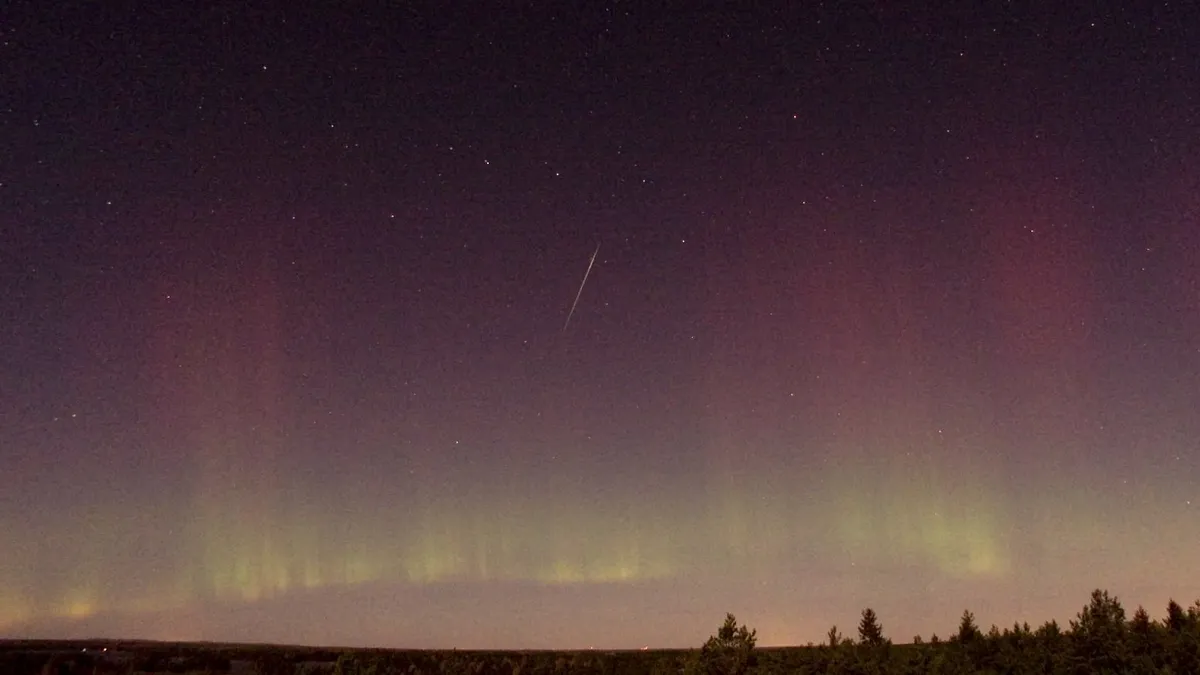
The Draconid meteor shower is set to peak tonight, offering stargazers a breathtaking natural light show as numerous meteors streak across the moonlit October skies. This annual celestial event occurs as Earth travels through the trail of debris left behind by comet 21P/Giacobini-Zinner. The meteor shower is active for a limited time, from October 6 to October 10, with its peak occurring when our planet passes through the densest part of the debris trail at 3 p.m. EDT (1900 GMT) on October 8.
During the peak of the Draconid meteor shower, stargazers may witness up to 10 shooting stars per hour under ideal viewing conditions. These meteors are ancient fragments from comet 21P/Giacobini-Zinner that collide with Earth's atmosphere, creating a stunning visual display often reminiscent of shooting stars. However, light pollution from a 93%-lit waning gibbous moon, just two days past its full phase, may hinder the visibility of the fainter meteors.
The Draconid meteors appear to emanate from a point known as the radiant, located near the head of the dragon in the constellation Draco. This constellation can be spotted glittering above the Big Dipper in the northwestern sky after sunset in mid-October. To enhance your chances of witnessing the most meteors, the best time to observe the Draconid shower is at sunset on October 8, when the radiant will be positioned highest in the night sky.
To increase your chances of seeing meteors with the longest tails, focus your gaze on a patch of sky approximately 40 degrees above the radiant. As a handy reference, the width of your clenched fist held at arm's length roughly covers 10 degrees in the sky. This technique can help you capture the most spectacular meteor sightings during the Draconid meteor shower.
If you're hoping to capture the magic of a fast-moving Draconid meteor on camera, be sure to check out our comprehensive guide that details the best camera settings and practices to photograph shooting stars effectively. With the right preparation, you can immortalize this stunning natural phenomenon.